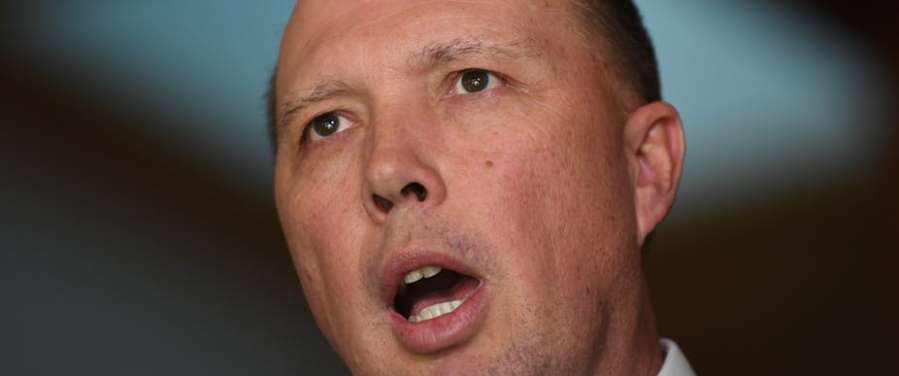About 50 refugees from Nauru and Manus Island will leave in the next week to ten days for resettlement in the US.
This is the first batch under the deal the Turnbull government struck with the Obama administration, which US President Donald Trump has reluctantly agreed to honour – although the number that will be taken is unclear.
Immigration Minister Peter Dutton said the processing of other people was continuing, and further decisions by US authorities were “expected in due course”.
The government is providing minimal detail of those who have so far passed the Americans’ “extreme vetting” and been approved to go, saying it is up to the US to do that.
It has been reported that the Manus group includes refugees from Sudan, Somalia, Pakistan, Bangladesh and Myanmar. They were told to be ready to leave on Sunday for Port Moresby.
Malcolm Turnbull said this batch of departures came half and half from Nauru and Manus.
Turnbull said: “there are many that are being vetted, but it is entirely up to the United States as to how many are taken”.
The refugee deal was the subject of the now-infamous telephone conversation between Trump and Turnbull early in the year, in which Trump railed against the arrangement but Turnbull prevailed on him to take people, although the number was left vague.
Turnbull said Trump had reservations about the deal “to say the least. But nonetheless, he is honouring that commitment made by his predecessor.”
“It’s a sign of the strong relationship between the United States and Australia, and I want to thank the United States and President Trump for honouring that commitment,” he said on Wednesday.
The initial deal was for the US to take up to 1,250 refugees. There are 868 people in Papua New Guinea of whom 679 have been found to be refugees; Nauru has 1,124 people, with 994 of them having been found to be refugees.
TOP IMAGE: Peter Dutton said the processing of other people was continuing. (Lukas Coch/AAP)
By Michelle Grattan, Professorial Fellow, University of Canberra
This article was originally published on The Conversation. Read the original article.












